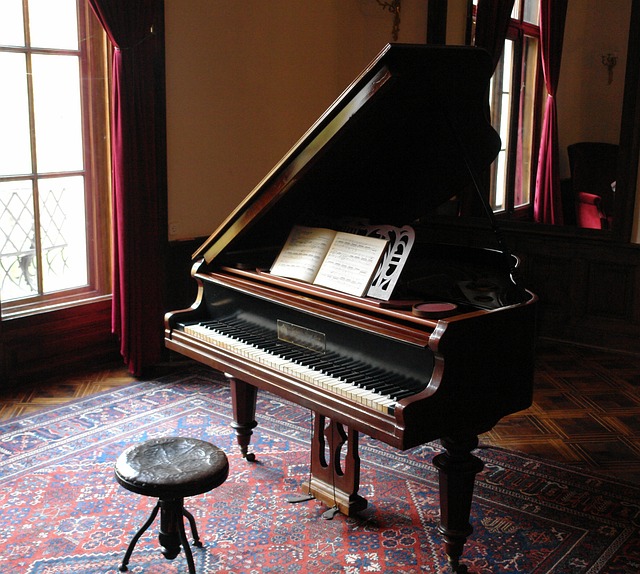India’s classical music, with its intricate melodies, soulful expressions, and rhythmic patterns, holds a profound significance in the country’s cultural and artistic heritage. Rooted in ancient traditions and influenced by diverse regional styles, Indian classical music is a timeless art form that transcends boundaries and touches the depths of human emotions. At the heart of this musical tradition lie the concepts of raga and tal, which form the backbone of Indian classical compositions.
Raga, the Melodic Framework:
Raga, meaning “color” or “hue” in Sanskrit, is the fundamental melodic framework of Indian classical music. It is a musical mode that defines the mood, tonal structure, and ornamentation of a composition. Each raga has a unique set of ascending and descending notes, known as aroha and avaroha respectively, and is associated with specific times of the day, seasons, or emotions.
The significance of raga lies in its ability to evoke and express a wide range of emotions and sentiments. Every raga has its own distinct personality and evokes a particular mood, whether it is the somberness of Raga Bhairavi, the devotion of Raga Bhairav, or the joy of Raga Bageshree. The skilled musician carefully chooses and develops a raga to convey a specific emotion or narrative, allowing the listener to embark on a musical journey of introspection and bliss.

Tal, the Rhythmic Structure:
While raga forms the melodic aspect of Indian classical music, tal is the rhythmic structure that provides a framework for the composition. Tal, derived from the Sanskrit word “tala,” meaning “clap” or “beat,” represents a cycle of beats or rhythmic patterns. The tala system consists of a series of hand gestures, known as “mudras,” which aid in keeping time.
Tal brings a sense of order and discipline to the performance, enabling the musicians to synchronize their rhythms and create intricate patterns. Each tal has a specific number of beats, and within those beats, the musician can explore rhythmic variations and improvisations. The interplay between the melodic aspects of raga and the rhythmic structure of tal creates a dynamic and mesmerizing composition.
The Spiritual and Philosophical Dimensions:
Indian classical music extends beyond mere entertainment. It is deeply intertwined with spirituality, philosophy, and the quest for self-realization. The ancient texts of Indian music, such as the Natya Shastra and the Sangeet Ratnakara, delve into the philosophical aspects of sound and its impact on human consciousness.
According to Indian classical music philosophy, sound is considered divine, and the musician’s role is that of a medium, connecting the material world with the spiritual realm. The practice of music becomes a form of meditation, a path to transcendence, and a means of attaining unity with the universe.
The improvisational aspect of Indian classical music, known as “manodharma,” allows the musician to explore and express their creativity within the boundaries of raga and tal. Through the process of improvisation, the musician taps into their inner emotions and channels them into the performance, creating a unique and personal musical experience.

Preserving the Tradition:
Indian classical music has faced its share of challenges in the modern era. However, dedicated musicians, institutions, and organizations are working tirelessly to preserve and promote this ancient art form. Music academies, festivals, and concerts provide platforms for both seasoned artists and budding talents to showcase their skills and engage with audiences.
Technology has also played a significant role in spreading the beauty of Indian classical music. Online platforms, recordings, and live streaming have made it accessible to a global audience, enabling cross–cultural exchanges and
collaborations.
As we continue to explore and appreciate the significance of Indian classical music, we realize that it is not just a melodic art form; it is a reflection of the rich cultural tapestry of India. It embodies the essence of spirituality, emotion, discipline, and creativity. Indian classical music has the power to transcend language, borders, and time, leaving an indelible imprint on the hearts and minds of those who experience its magic.